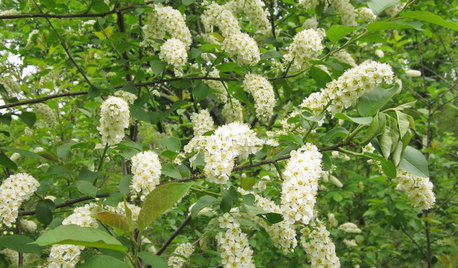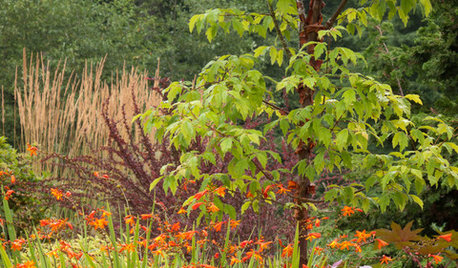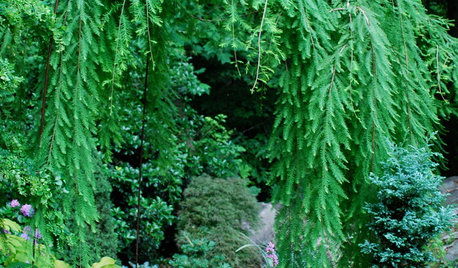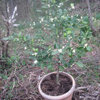stake newly planted orange tree?
jrm111
14 years ago
Featured Answer
Sort by:Oldest
Comments (6)
thisisme
14 years agoRelated Professionals
Ballwin Landscape Architects & Landscape Designers · Beavercreek Landscape Architects & Landscape Designers · Carson Landscape Architects & Landscape Designers · Clemson Landscape Architects & Landscape Designers · Elwood Landscape Architects & Landscape Designers · Oconomowoc Landscape Architects & Landscape Designers · Rancho Palos Verdes Landscape Architects & Landscape Designers · Pottstown Landscape Contractors · Bridgeport Landscape Contractors · Broomfield Landscape Contractors · Hawaii Landscape Contractors · Metairie Landscape Contractors · Vancouver Landscape Contractors · Wallingford Landscape Contractors · Wilsonville Landscape Contractorsrhizo_1 (North AL) zone 7
14 years agojrm111
14 years agojrm111
14 years agorhizo_1 (North AL) zone 7
14 years ago
Related Stories

GARDENING GUIDESPlant Black Cherry Trees for the Birds and Bees
Plant Prunus serotina in the Central and Eastern U.S. for spring flowers, interesting bark and beautiful fall color
Full Story
GARDENING GUIDESWhen and How to Plant a Tree, and Why You Should
Trees add beauty while benefiting the environment. Learn the right way to plant one
Full Story
TREESHow to Buy Healthy Trees and Shrubs
A healthy young plant with a strong form is more likely to do well in your yard. Here’s what to look for at the nursery
Full Story
GARDENING GUIDESHow to Keep Your Citrus Trees Well Fed and Healthy
Ripe for some citrus fertilizer know-how? This mini guide will help your lemon, orange and grapefruit trees flourish
Full Story
FALL GARDENING6 Trees You'll Fall For
Don’t put down that spade! Autumn is the perfect time for planting these trees
Full Story
TREESNative Plant Alternatives to Invasive Common Buckthorn
Learn how to identify and control this aggressive plant, and what to grow in its place
Full Story
GARDENING GUIDESGreat Design Plant: Paperbark Maple
With fall foliage like a sunset and bark the color of cinnamon, this tree is a highlight of the landscape
Full Story
GARDENING GUIDESGreat Design Plant: Kumquats for a Juiced-Up Winter
Grow it for the edible fruit or its good looks alone. This citrus cousin will brighten any gray winter day
Full Story
LANDSCAPE DESIGNThe Weepers and the Creepers: 10 Intriguing Trees for Your Garden
Bring something a little different to your landscape with a tree that dives, twists or crawls
Full Story
GARDENING GUIDESCommon Myths That May Be Hurting Your Garden
Discover the truth about fertilizer, soil, staking and more to keep your plants healthy and happy
Full Story






rhizo_1 (North AL) zone 7